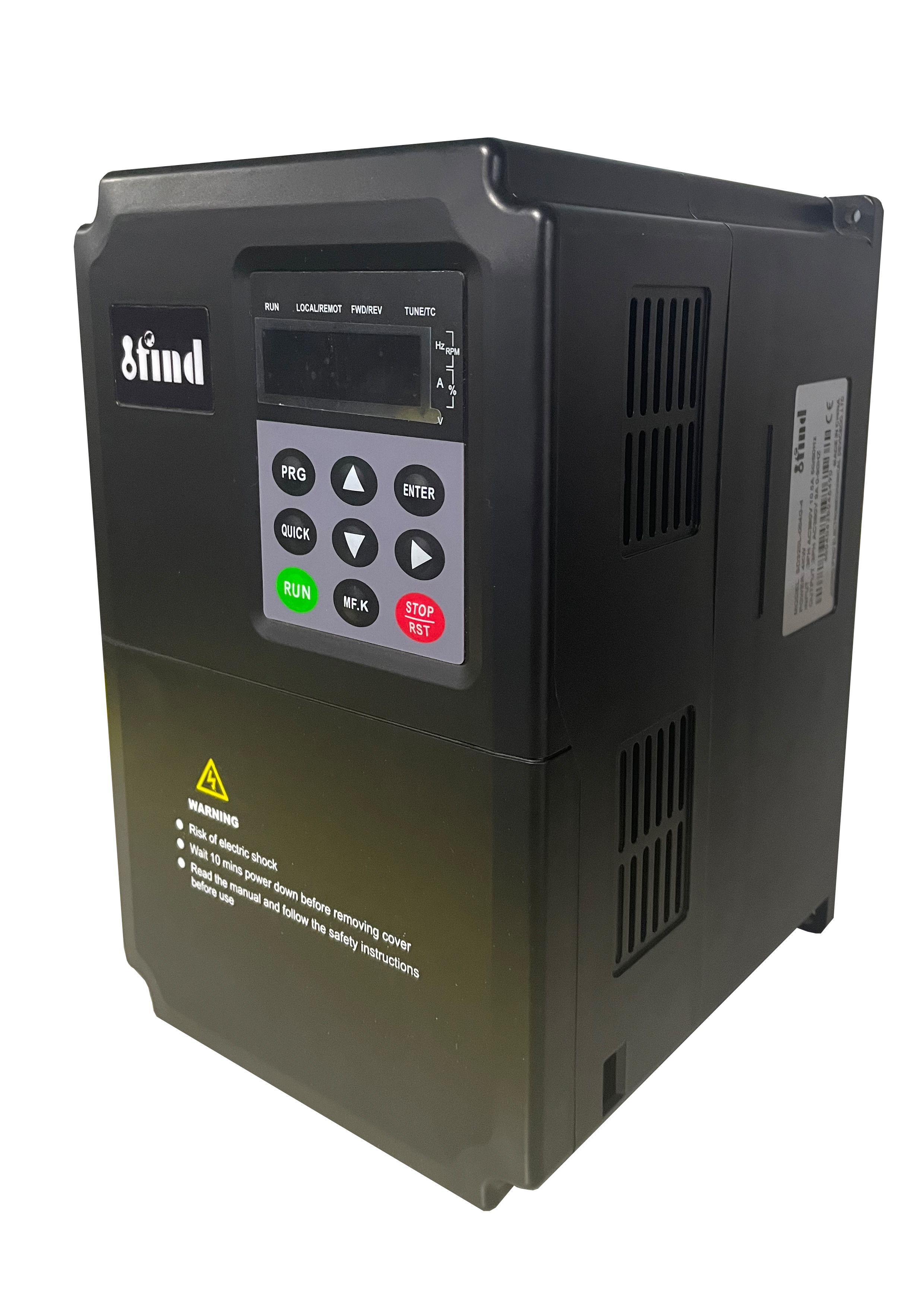
Elevator inverters play a crucial role in the efficient operation of modern elevator systems. As vertical transportation solutions evolve, the importance of optimizing energy consumption, improving ride quality, and ensuring safety becomes more pronounced. Elevator inverters control the elevator drives by modulating the frequency and voltage supplied to the motor, ensuring that the elevator runs smoothly and efficiently.
This article will explore the essential functions of elevator inverters, their interaction with elevator control systems, and how they contribute to energy savings, smooth performance, and system safety. Moreover, we will delve into key features, maintenance practices, and common FAQs about elevator inverters.
Understanding Elevator Inverters
Definition and Functionality
An elevator inverter is an electronic device that regulates the speed and torque of an elevator motor by controlling the frequency and voltage of the electrical supply. The inverter enables precise control of the elevator drives, which powers the elevator system's motor, ensuring smooth acceleration, deceleration, and stopping.
Elevator Control Systems and Drives
The elevator control system integrates various components, including the elevator drives, motors, and inverters, to ensure efficient elevator operations. The control system coordinates the inverters, ensuring proper speed and torque adjustment during different load conditions, which in turn contributes to energy efficiency and ride comfort.
Optimizing Elevator Performance with Inverters
Energy Efficiency
Elevator inverters play a significant role in reducing energy consumption by adjusting the elevator motor's speed based on the load requirements. Through elevator control systems, the inverter ensures that power is only used when necessary, leading to reduced energy costs. This is particularly important in high-rise buildings with frequent elevator usage.
Moreover, regenerative braking technology in elevator inverters allows excess energy generated during the descent of the elevator to be converted into electrical energy and returned to the building's electrical grid. This process enhances the overall energy efficiency of the elevator system.
Smooth Ride Quality
By enabling gradual and controlled acceleration and deceleration, elevator inverters ensure a smoother ride for passengers. The inverter’s control of the elevator drives reduces jerkiness and vibrations, which improves ride comfort. This smooth operation also reduces mechanical wear and tear on the elevator components, increasing their longevity.
Adaptability to Load Variations
Modern elevator inverters adapt to varying load conditions by adjusting the motor's performance. Whether the elevator is empty or fully loaded, the inverter fine-tunes the speed and torque of the motor to maintain a consistent, reliable performance.
Key Features of Elevator Inverters
Vector Control Technology
Vector control, also known as field-oriented control, is a key feature of modern elevator inverters. This technology allows precise control of the motor's torque and speed, independent of each other, by controlling the magnetic field. This results in more responsive and efficient elevator drives.
Integrated Safety Features
Elevator inverters come equipped with built-in safety features, such as overcurrent protection, fault detection, and safe torque off (STO). These features are crucial in preventing accidents and ensuring that the elevator control system operates within safe parameters.
Regenerative Braking
Regenerative braking is a key feature of modern elevator inverters. During descent, the elevator’s potential energy is converted into electrical energy and either fed back into the electrical grid or stored for future use. This feature not only saves energy but also helps reduce the load on the building’s power supply.
Safety and Maintenance Considerations
Safety Protocols
The integration of elevator drives and elevator control systems requires rigorous safety protocols. The inverter must be equipped with safety features like Safe Torque Off (STO) to prevent unintentional motor start-ups. It should also include protection from overcurrent, overheating, and electrical faults.
Regular Maintenance Practices
To ensure long-lasting performance, regular maintenance of the elevator inverter is essential. This includes inspecting the cooling system, checking electrical components for wear, and ensuring that all safety features are functional. Regular updates to the elevator control system firmware may also be required to enhance system performance and safety features.
Conclusion
IFIND Inverter, established in 2016 in Haiyan, Zhejiang Province, specializes in providing high-quality elevator inverters and elevator drives to optimize vertical transportation systems. Our focus on advanced technology, energy efficiency, and customer satisfaction sets us apart in the industry. We offer reliable, efficient elevator control systems tailored to meet the unique needs of high-rise buildings, ensuring safety, comfort, and reduced energy consumption.
At IFIND, we are committed to providing innovative solutions for elevator systems, backed by exceptional customer support and expertise.
FAQ
Q1: What is the primary function of an elevator inverter?
A1: The primary function of an elevator inverter is to control the speed and torque of the elevator motor by adjusting the frequency and voltage of the electrical supply, ensuring smooth and energy-efficient operation of the elevator drives.
Q2: How do elevator inverters contribute to energy savings?
A2: Elevator inverters reduce energy consumption by adjusting the motor speed according to the load, minimizing energy waste. Additionally, regenerative braking allows the recovery of energy during the descent phase, further contributing to energy savings.
Q3: How do elevator control systems interact with inverters?
A3: Elevator control systems coordinate the operation of elevator inverters, managing the flow of power to the elevator motor. The control system ensures that the inverter adjusts motor speed and torque based on the elevator’s load and floor requests, maintaining efficient and safe operation.
Q4: What is the difference between vector control and traditional control systems?
A4: Vector control (or field-oriented control) allows for independent control of the motor’s speed and torque, providing better efficiency and responsiveness compared to traditional control systems, which cannot independently control these factors.
Q5: How can I ensure the long lifespan of my elevator inverter?
A5: Regular maintenance is key to the longevity of elevator inverters. This includes inspecting components for wear, ensuring proper cooling, and performing firmware updates to maintain performance and safety features.
If you have more questions or require assistance with selecting the right elevator inverter or control system, please do not hesitate to contact us. Our expert team is ready to assist you in achieving optimal performance and efficiency for your elevator systems.





















